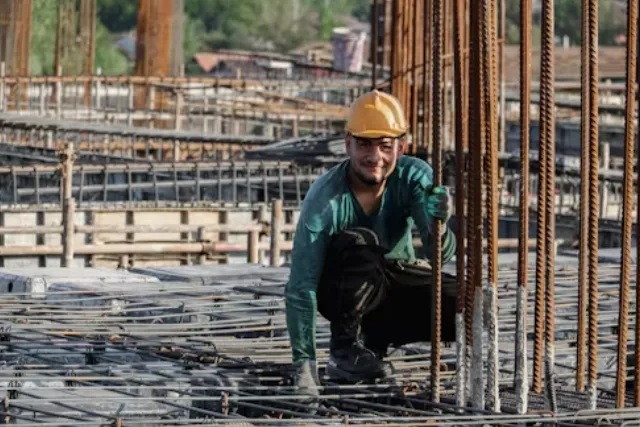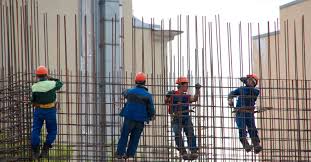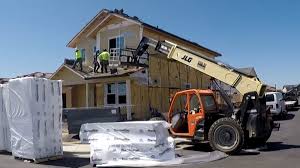
MONTEREY COUNTY, Calif. — A new study from the University of California, Los Angeles warns that fears surrounding immigration enforcement and economic uncertainty are deepening the labor shortage in California’s construction industry — threatening the state’s ambitious affordable housing targets.
Local contractors say the impact is real on job sites across the state, where a significant portion of the workforce is foreign-born and increasingly worried about the threat of Immigration and Customs Enforcement (ICE) actions.

“Me ha afectado mucho porque la gente está asustada,” said Temo Alvarez, a supervisor with F Luna Construction. He describes the fear as palpable among many of his crew members. “My workers, they do fear, every time, and there are questions on our daily team meetings as far as what's going on and what this administration is doing, and all I can tell them is to keep moving forward, to have their documents ready.”
The UCLA report forecasts a continued worker shortage that could significantly hinder progress toward California’s aggressive plan to build 2.5 million new housing units by 2030 — a goal that remains far out of reach at current construction rates.
According to the National Association of Home Builders, about 41% of California’s construction workforce is foreign-born, highlighting how much the state depends on immigrant labor. Many workers remain uneasy following widely reported incidents, like a recent ICE operation near a Home Depot in Southern California that sparked fear among day laborers and contractors alike.

Oscar Blancas, owner of Blancas Construction Inc., says he hasn’t seen a major shortage inside his company yet but agrees the fear is real — especially when workers venture out into public to pick up materials or supplies. “Nos está atrasando,” Alvarez added, noting that projects are slowing down as workers hesitate to show up or face unexpected disruptions.
The labor shortage isn’t the only challenge pressuring contractors. Tariffs, material price swings, and supply chain hiccups add more volatility to an already unpredictable industry. Blancas says that since February, the constant price fluctuations have made it harder to give clients firm project estimates.
“How do I tell my client, you know what, I can't give them a firm price or a lump sum, because there's always those fears where, well, we don't know what tomorrow's gonna be like, as far as prices and stuff. So it is a big concern,” Blancas explained.
Despite a slight drop in the national unemployment rate, the study predicts California’s jobless rate could reach 5.2% by 2026, partly due to labor force uncertainty and economic headwinds.
Meanwhile, California’s projected new home construction — about 102,000 units this year, rising to 126,000 by 2027 — falls far short of the pace needed to ease the state’s housing crisis.
For many small and mid-sized contractors, these challenges compound daily: a shrinking labor pool, workers afraid to come forward, unstable material costs, and clients frustrated by shifting budgets.
Industry groups have long argued that resolving immigration policy uncertainty — while providing legal pathways for skilled workers — is crucial for the construction sector to deliver on California’s ambitious housing promises. But for now, contractors like Alvarez say they’re left trying to reassure crews day by day.
“All I can tell them is to keep moving forward,” he said, “and have their documents ready.”
Originally reported by Jose. romo in Kion 546 News Channel.